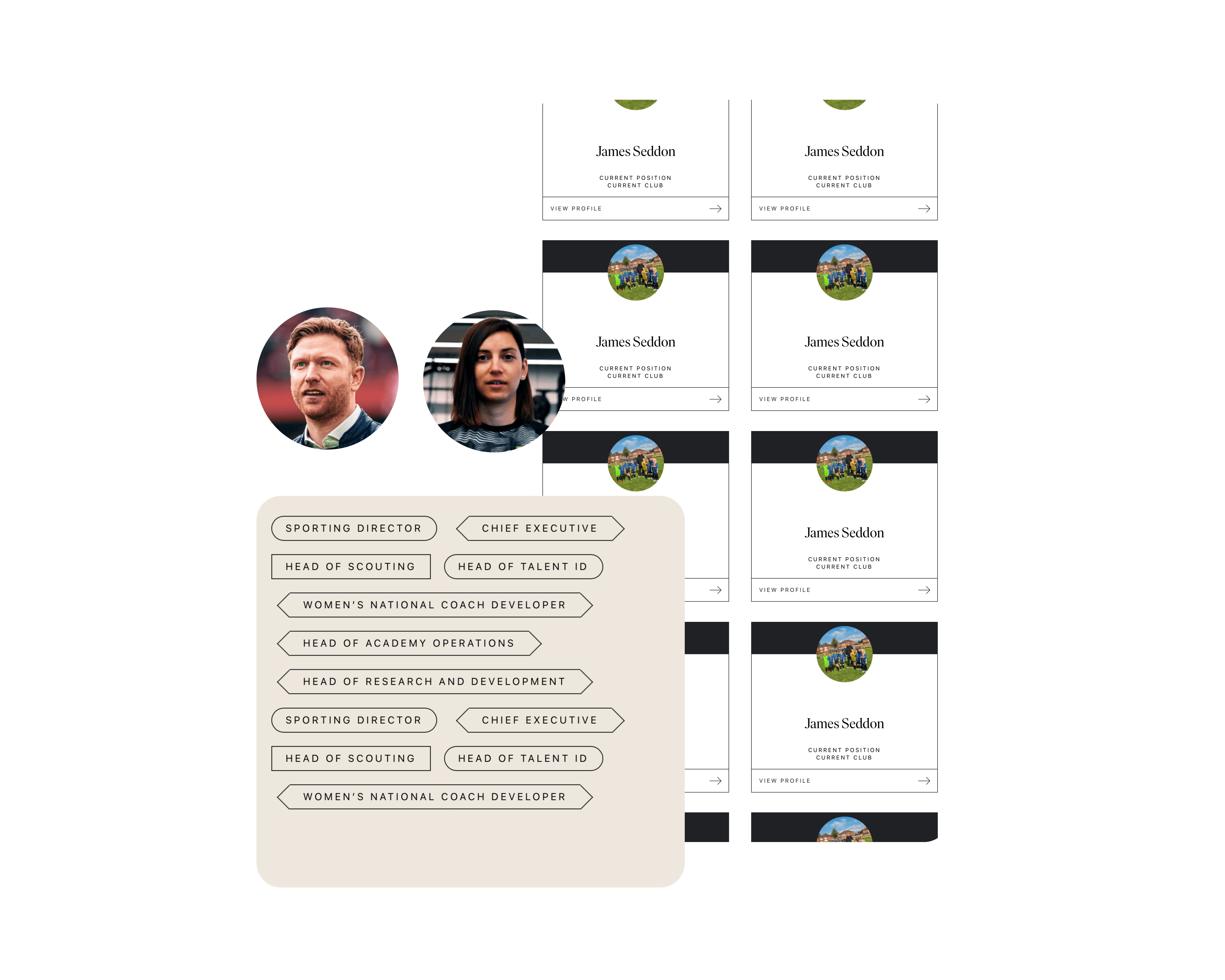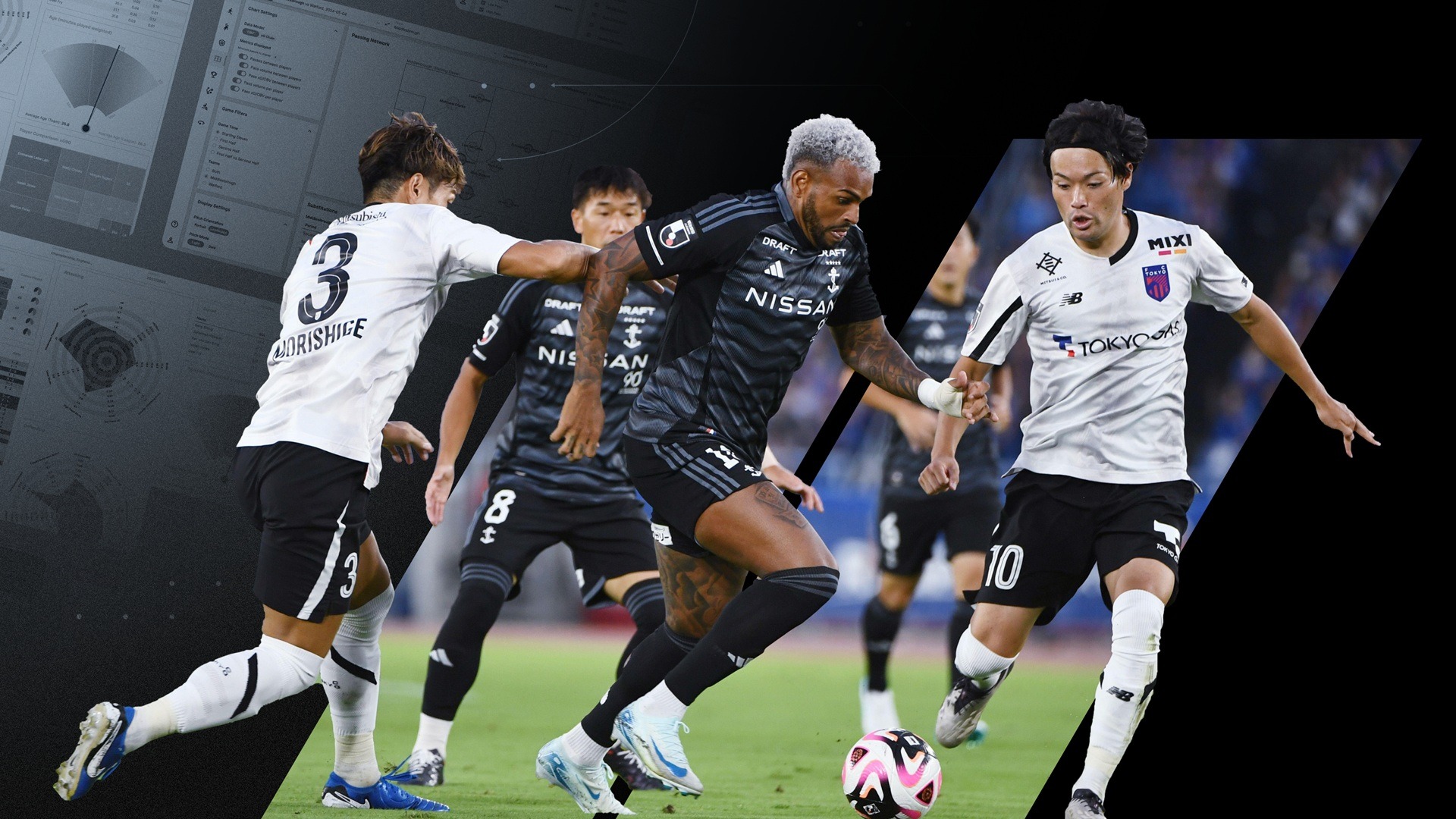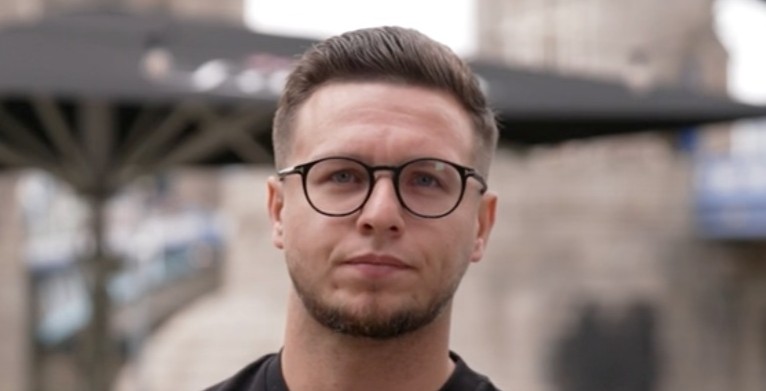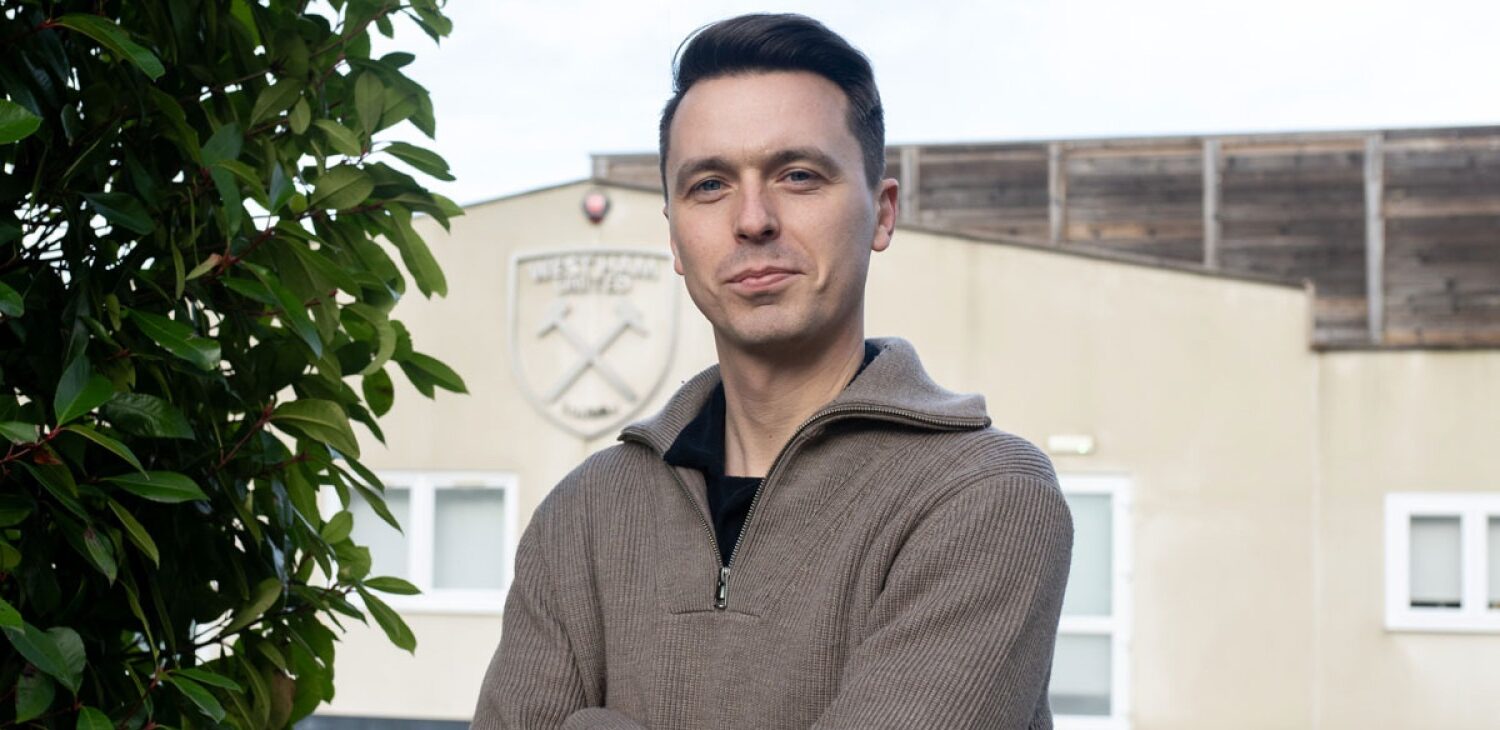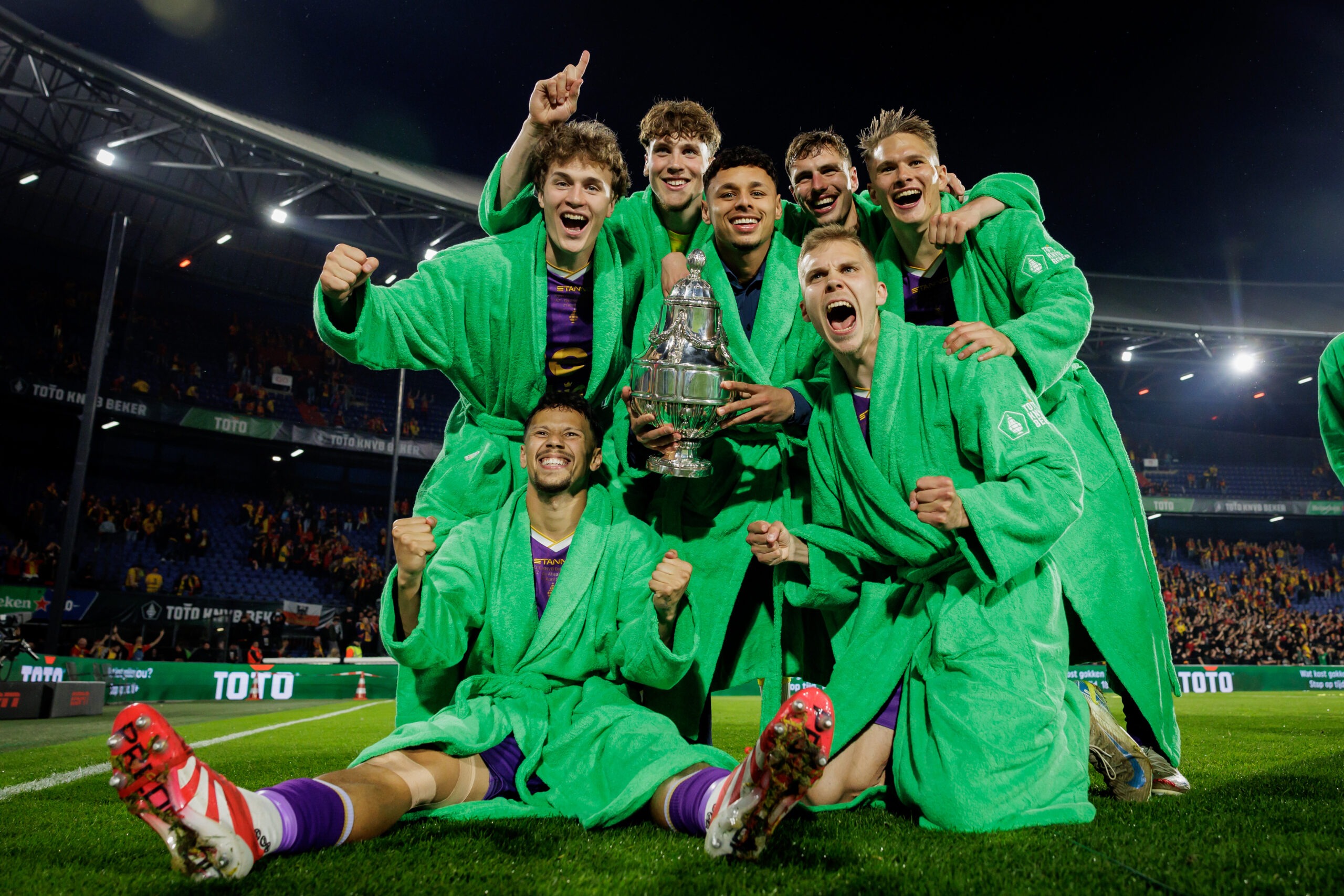
Matthijs Bootsman: How Go Ahead Eagles went from minnows to winners
Written by
Training Ground Guru
July 3, 2025
Go Ahead Eagles were one of European football’s major success stories last season.
Despite having a budget that was among the lowest in the Eredivisie, the unfashionable club finished seventh, with their highest points tally (51) since 1970/71.
Even more notably than that, they beat AZ Alkmaar on penalties in the final of the Dutch Cup to claim the first major piece of silverware in their history. That, in turn, qualified them for European football, with a place in the league phase of next season’s Europa League.
Speaking at TGG’s Scouting & Recruitment Webinar, the club’s Head of Recruitment and Data, Matthijs Bootsman, explained how a change in recruitment strategy led to the club’s transformation.
To watch the Scouting and Recruitment 2025 Webinar, as well as 24 others, become a TGG Member.
See the other benefits by clicking the link below.
Matthijs Bootsman: Go Ahead Eagles. That name always gets a laugh when you’re talking to a foreign crowd, but at least it stays with you!
We are based in the city of Deventer, in the eastern part of the Netherlands. It’s a very working-class city, about an hour’s drive from Amsterdam. We have a very loyal fan base – intensity and fighting spirit is what it’s all about.
Our stadium is called the De Adelaarshorst – as ChatGPT told me, the Eagle’s Nest in English. It has quite a British look and feel to it and is in the middle of a residential area and the pitch is very close to the stands.
So it makes for a very good atmosphere at the home games. If you’re ever in the neighbourhood, please swing by, it’s a great visit.
But anyway, let’s cut to the ugly truth about Go Ahead Eagles – we haven’t been that successful. Sadly, since the Second World War, we hadn’t won any silverware at all.
But, as some of you may know, this changed back in April when we won the Dutch Cup for the first time in our history.
We will be playing in the Europa League group stages next season – and doing that with one of the lowest wage bills in the Netherlands. This is still a bit bizarre to me, but really cool.
It is a huge change from where we came from. Just seven years ago, we were almost dead last in the Second Division in the Netherlands.
And financially, we were not in a good place.
So a long-term plan was made for sustainable growth, with the eventual aim of us becoming a steady Eredivisie club.
Now we’re at the stage where we can say we are, which is really satisfying.
In this session, I’ll talk a bit more about that plan, but mostly about what it meant for our recruitment and also how data and video have helped us make the jump forward.
Stage one: Value creation
One of the most important elements for us at the start was to focus on value creation in this squad.
For us it was necessary, because we had a lot of big contracts with the players, most of them Dutch and Belgian, and we didn’t really have a lot of talent in the squad, so we needed to step up.
We defined an attractive style of play, with intensity and everything that the crowd loves.
It had to be an attractive style of play so that we could position ourselves as a stepping-stone club for young and ambitious talent.
The only problem was our budget, which was still very limited. So it was mostly free agents that we were after.
As soon as you’re going after free agents, you have to expand your scouting network a lot.
In our case, from Belgium and the Netherlands to the whole of Europe and in particular Germany and Scandinavia.
We also started scouting from within the network, so from our network of agents.
And what happened was no surprise: we were bombarded from the first day of the window with many players who, well, let’s put it nicely, had a varied level of quality,
It was really hard to find the needle in the haystack, because there were so many players and we couldn’t really keep up. We had a very small scouting team – we still do, by the way – and needed some sort of administrative system or workflow to effectively find the players who could be interesting and spend more time on those.
That is where Wyscout has really helped us. We were already working with the video pack they had, but later on we purchased the API.
If I’m being honest, it was quite an investment – both monetary, but also in terms of redefining how we worked, which cost a lot of time.
Building successful data models and video scouting strategies took some iteration.
The key goal for a high-performing scouting team is to reduce the risk. By gathering evidence these risks can be mitigated to a large degree. Hudl are committed to supporting this process through industry-leading event data, powerful API, and advanced metrics and statistical models, all integrated into Hudl’s broader ecosystem of video and analysis tools.
Take a deeper dive into how combined datasets are being used within recruitment: In this analysis report we take a look Young Statistical Standouts from the J1 league in Japan using Hudl Statsbomb’s advanced metrics.
Read the report by clicking the link below.
But, in the end, we came up with an effective model that did three things.
First of all, we built some sort of global player level and financial feasibility – some sort of first cut where we could quickly decide whether or not the playing level was sufficient.
For example, players who hadn’t played on a professional level yet usually did not make the cut, because it wasn’t worthy of our time, unfortunately. And the most pressing filter in this first process was the salary expectation.
However, the more interesting parts are two and three, in my opinion.
The weapon-versus-weakness trade-off
The second part was very specified towards the position of the players and towards the attractive style of play. We defined positional characteristics within the team that we wanted to see – both in the data and in video.
We had algorithms evaluating the quality of those and also massive video playlists covering all the aspects that we wanted to see from those players.
With that, we took it to the third step, which is what we like to call the weapon-versus-weakness trade-off.
It sounds better in Dutch, I promise!
It’s where we compare the strengths and the weaknesses of the players that we aim to sign. We’re not stupid – we know that players that are on the radar of Go Ahead Eagles are going to have some weaknesses.
But it’s very important to analyse the pros and discuss them with the whole team in order to get a feeling for the trade-off that we’re working on, because of all the things we may think we do differently.
We are a bit unique, at least compared to our Dutch colleagues that I’ve spoken with.
There is no subdivision in our scouting department. We don’t have positional scouts and we don’t divide the scouting list. Everybody watches all of the players and everybody builds on the playlist, so that we can have a discussion about this trade-off specifically.
We ask what does this player bring to the team and what weaknesses are we willing to overlook because of their strengths, so that we can build a more complete squad or add something new that we don’t already have.
We often joked that we’d rather lose one or two new Messis or Ronaldos in the process if that meant we didn’t have to look at 50 players who weren’t worth the time. So it was quite a strict filter!
Stage Two: Reactive to proactive scouting
Nowadays we’re a bit further down the road and I sometimes miss that luxury, because it has changed a bit over time.
I think the turning point for us came when we were promoted to the Eredivisie, the highest level.
We went from selling players to direct competitors to selling them to major European clubs like Ajax or Marseille and Wolfsburg just one week ago.
The whole scouting process has become more of a timing thing than a talent identification game.
Matthijs Bootsman
So in that sense we became a bit spoiled and we had to adjust our scouting process to the fact that we suddenly could pay transfer fees and that we had bigger wages to spend.
This is I think best characterised by the shift from the reactive scouting that I described – responding to the players who were offered to us by agents – towards proactive scouting, where we find our own targets and we ideally follow them for one or two years before we make a move.
The consequence of this, I’m afraid, is that the whole scouting process has become more of a timing thing than a talent identification game.
Sometimes I have the feeling that I spend more time timing the transfer, compared to finding new talent.
With that new way of working, we also were building towards a new way of tracking our players and discussing them in the scouting meetings and following them throughout the season.
For this, we needed some more advanced models. We wanted to see some different things than we were able to before.
And in the whole buy-versus-build trade-off, which is always hard for a small club, we found that Statsbomb data would be the sweet spot for us, because we still have a lot of raw data that we could throw into our own algorithm, but also have some predefined models like the on-ball value model, which is very helpful for us, because we had possession value models that are not as great as we wanted them to be.
So for us that’s the new sweet spot, that allows us to track players for a longer period of time and this is how we’re working now, now that suddenly the Europa League has become a reality.
Follow Us
For latest updates, follow us on X at @ground_guru
